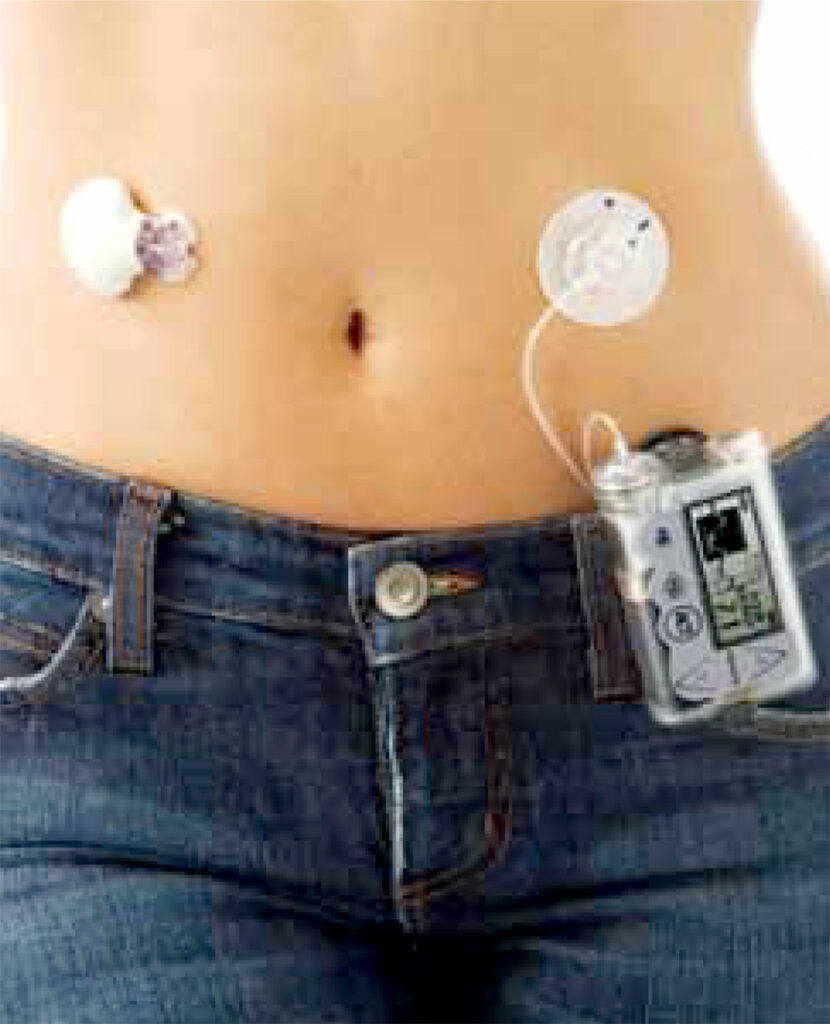Diabetes is a life-threatening illness that affects 1.4 million people in the UK, including approximately 2 to 3 in every 1,000 teenagers.
The best way to manage insulin-dependent diabetes is to imitate how the non-diabetic body regulates glucose through the pancreas. An insulin pump is an insulin delivery device (which looks like a mobile phone) attached to the wearer by a length of clear plastic tubing connected to a cannula inserted under the skin. The pump can be kept in your pocket, clipped to your waistband, or tucked into a sock or bra.
Why do we need this innovation?
Diabetes is when your body can’t use glucose (sugar) properly. It is all to do with the hormone insulin. Insulin is crucial in helping the body convert glucose from food into energy. When you have diabetes, your pancreas does not produce enough insulin and your body can’t use the glucose in your blood properly. This means your blood glucose levels get too high and can make you ill.
There are two main types of diabetes:
- Type 1 tends to occur in younger people and the basic problem is in the amount of insulin that is made by the pancreas.
- Type 2 mainly occurs in older people when they make less insulin, and what they do produce, is less effective.
Type 1 diabetes is treated with multiple daily injections of insulin or by using an insulin pump.
However, if you give yourself an injection of too much insulin then the sugar in your blood falls too low and you can become unconscious – this is called a ‘hypo’ (short for hypoglycaemia). Another problem is when diabetics eat too much sugar compared with the insulin they are taking. Then the blood sugar becomes too high, and this also makes the person ill which is known as a ‘hyper’ (short for hyperglycaemia).

Attack of the Facts
Fact 1
Diabetes can cause blindness, kidney failure, heart attacks, strokes, seizures, coma and even death. Insulin pumps help patients gain better control and understanding of their diabetes.
Fact 2
The pump records what happens before hypos and hypers, allowing patients to monitor and manage their diabetes more effectively.
Fact 3
A constant delivery of insulin is slowly fed through the thin tubing that sits just under the skin, meaning the patient can program how much insulin is delivered every 30 minutes, thus mimicking the working of the body’s own pancreas.
Fact 4
Around 1 in 1,000 people with diabetes wear an insulin pump.
